Incheon Baendaengi Street (연안부두 밴댕이회무침거리)
.0M 2021-07-22
24-1, Yeonanbudu-ro, Jung-gu, Incheon
+82-32-765-4169
The Gwanghwado and Incheon areas are known for their plentiful catches of baendaengi (large-eyed herring). After a little street started specializing in serving baendaengi some 30 years ago, the fish has continued to grow in popularity.
Located in Guwol-dong, across from the Incheon Culture & Arts Center, Baendaengi Street has expanded, and so has the variety of dishes served. Visitors can try baendaengi prepared sashimi-style, roasted, or in a spicy soup. For this particular species of herring, locals believe the flavor is best in March and April when they grow to their largest size. Salted Baendaengi also makes an excellent side-dish for Korean meals.
* Baendaengi is one of many types of small prey fish referred to as ‘Soeo’ for their fierce struggle in fishing nets. Soeo have internal organs that are proportionally smaller than other species of fish and are known for their feisty nature. These attributes are thought to signify a stress-filled life, which is why many Koreans refer to narrow-minded or hot-tempered people as ‘baendaengi.’
Yeonan Pier (연안부두)
208.0M 2020-08-05
70, Yeonanbudu-ro, Jung-gu, Incheon
+82-32-777-1330
Yeonan Pier is the starting point for all coastal passenger ships bound for the numerous islands in the western sea. The nearby Incheon Fish Market is always bustling with people who come to buy fresh fish and pickled fish at reasonable prices. Also located near the pier is the sliced raw fish market operated by the Marine Products Association. The southern quay is where boats and ships leave for sea fishing. The ships here are also available for rent for various purposes so events like reunions and seminars can be held aboard ship.
Incheon Complex Fish Market (인천종합어시장)
450.0M 2022-12-27
37, Yeonanbudu-ro 33beon-gil, Jung-gu, Incheon
+82-32-888-4241
Incheon Complex Fish Market is located at the coastal wharf, which is a major tourist attraction in Incheon. The market sells fresh marine products caught by local fishermen from the coast near the Yellow Sea.
Incheon Port Floodgate (인천항 갑문)
1.2Km 2021-06-01
376, Wolmi-ro, Jung-gu, Incheon
+82-32-890-8000
Incheon Port Floodgate is located between the beautiful Wolmisan Mountain and Sowolmido Island. Surrounding the floodgate is a large 66,000 square meter garden covered with grass, pine trees, ginko trees, and cherry blossom trees, creating a beautiful scene. Especially in the spring, azaleas, royal azaleas, cherry blossoms, and magnolia blossoms are blooming, adding to the beauty of the garden.
If you visit when the floodgate opens, you will witness giant cargo ships and cruise ships passing through the gate to enter and leave the port. Also, at the situation room of the floodgate management office, an introductory video of Incheon Port is played to offer more information on the facility.
There are two floodgates at Incheon Port. One floodgate is 36 meters wide by 363 meters long. The other is 22.5 meters wide by 202 meters long. The larger one can accommodate vessels up to 50,000DWT and the smaller one can dock ships up to 10,000DWT. Per day, up to 20 vessels can enter and leave the port.
Wolmi Special Tourist Zone (월미 관광특구)
1.8Km 2021-02-19
81, Wolmimunhwa-ro, Jung-gu, Incheon
+82-32-760-6481
Wolmi Special Tourist Zone is a historic and cultural site where visitors can learn about Korea’s modern history and culture through a tour of Incheon. The area has plenty of modern architecture and cultural heritages embracing the history of the open port era. Incheon Port is conveniently located to facilitate the flow of products from other civilizations.
Included in the open port, Incheon Chinatown has various Chinese restaurants, a modern history museum, and exhibition hall where visitors can look into the past and current life of Chinese people living in Korea. Jayu Park Cultural Tourism Festival and Songwol-dong Donghwa Village Festival are held here every spring.
In addition, the Museum of Korea Emigration History, date courses, and Wolmi Cultural Street, offering up various sliced raw fish restaurants, and fine cafes are all available in the zone. Wolmi Observatory offers a view overlooking the port and downtown at once. The coastal pier approaching the port offers the active atmosphere of coming and going ships and the lively fish market. Enjoying various fish dishes and sea-fishing, or walking along the ocean square are recommended activities.
Wolmi Theme Park (월미테마파크)
1.8Km 2024-03-07
81 Wolmimunhwa-ro, Jung-gu, Incheon
+82-32-761-0997
Wolmi Theme Park is located on Wolmido Island in Incheon. Spanning 13,200 square meters, it features various amusement rides including a ferris wheel, swing boat, and go-karts. One of its highlights is the tagada ride, where riders sit on circular seats that move in all directions to the beat of music while a DJ adds to the excitement. Visitors can also enjoy panoramic views of Songdo Town, the Incheondaegyo Bridge, and Yeongjongdaegyo Bridge from the ferris wheel.
Wolmi Culture Street & Moonlight Music Fountain (월미문화의거리 & 달빛음악분수)
2.0Km 2023-11-08
252 Wolmi-ro, Jung-gu, Incheon
Wolmi Culture Street is a pedestrian-only street located in Wolmido, one of Incheon's major attractions. The street is lined with benches for people to rest, and one can usually find artists here drawing portraits. The street passes Wolmi Park and Wolmi Observatory, providing outstanding views of Incheon Port and the Wolmido area. Family visitors and couples enjoy stopping by Wolmi Theme Park to enjoy the amusement rides. The Moonlight Music Fountain is rather small in size, but is a beloved attraction of Wolmi Culture Street.
Yejeon (예전)
2.1Km 2019-08-01
43-2, Wolmimunhwa-ro, Jung-gu, Incheon
+82-32-772-2256
Yejeon is a western food restaurant and is considered one of the establishments that first created Wolmido Island’s café culture. Located in the middle of Wolmido's Munhwa Street (Culture Street), this Western-style redbrick building resembles that of a European atmosphere in Korea.
Wolmido Island (월미도)
2.2Km 2023-11-08
36 Wolmimunhwa-ro, Jung-gu, Incheon
+82-32-765-4169
Wolmido Island has very few historical records, despite being the location of a temporary palace, built in 1653 during the reign of King Hyojong. The palace was built on the eastern side of the island, but it is impossible to find traces of it now. From the late 1920s until the '30s, the island was transformed into a resort, a very popular destination at the time. Wolmi Culture Street opened in July 1989 and helped improve the area's fame.
On weekends and holidays, people flock to Wolmido Island to enjoy coffee and fresh seafood at the cafes and restaurants overlooking the sea. Despite being 1 kilometer off the coast, Wolmido is no longer an island, being connected to the mainland through modern construction techniques. It is now an easily accessible retreat for locals and tourists alike.
Wolmi Park (월미공원)
2.3Km 2024-03-07
131-22 Wolmi-ro, Jung-gu, Incheon
+82-32-765-4133
Wolmi Park, once a military zone for 50 years following the Korean War (1950-1953), has been transformed into a park preserving its natural ecosystem. Centered around Wolmi Mountain, the park features traditional Korean gardens such as Palace Garden, Hermitage Garden, and Tradition Private House Garden. Visitors can enjoy views of Incheon Port and the sunset over the Seohae Sea from the nearby Wolmi Observatory. It is conveniently located near Wolmi Cultural Street.

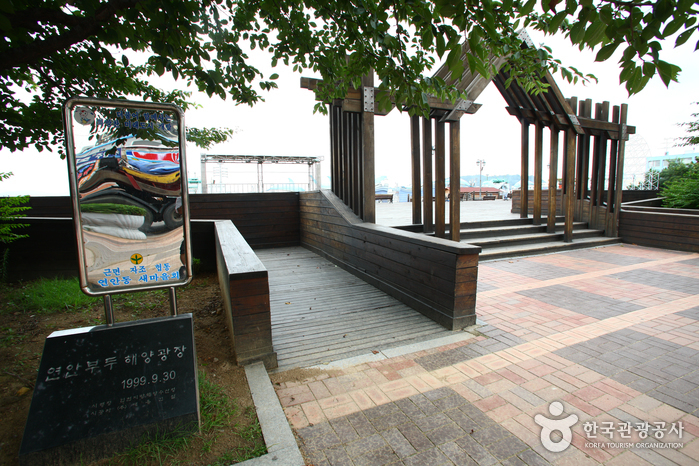
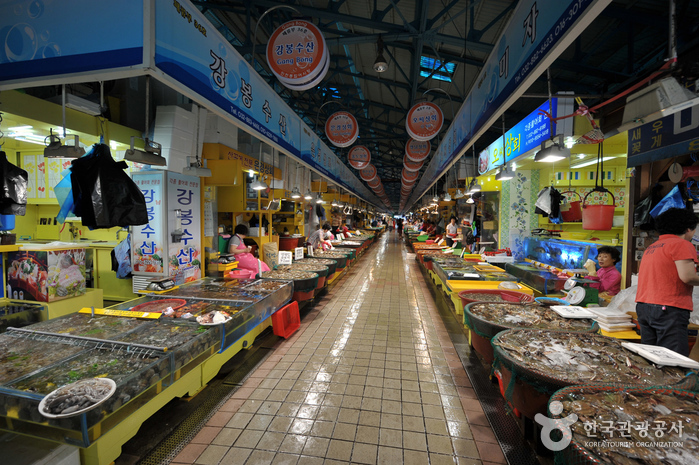
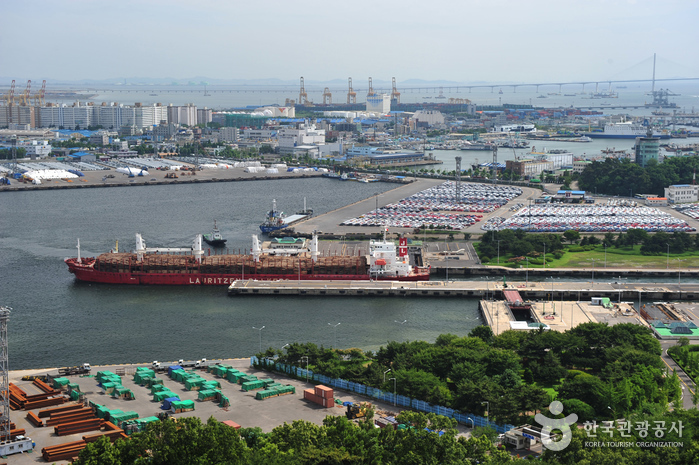
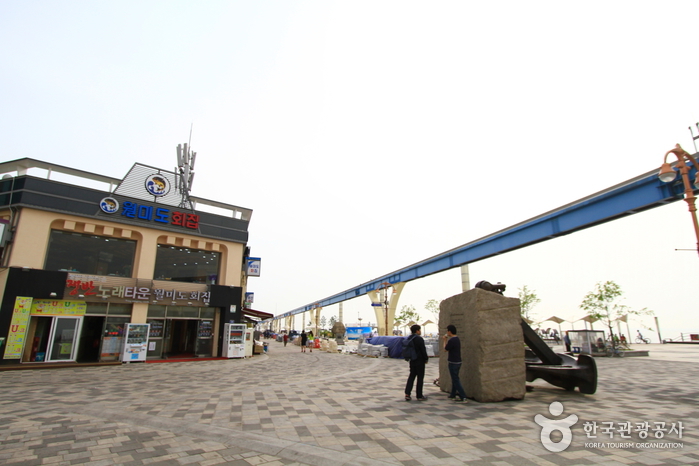
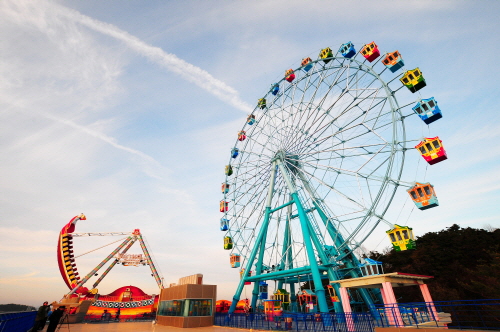
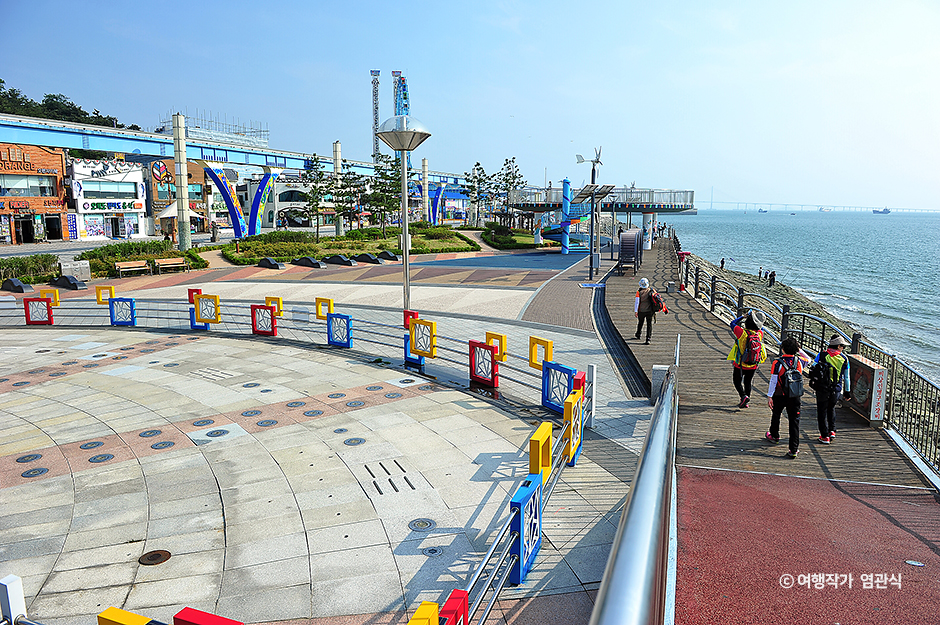
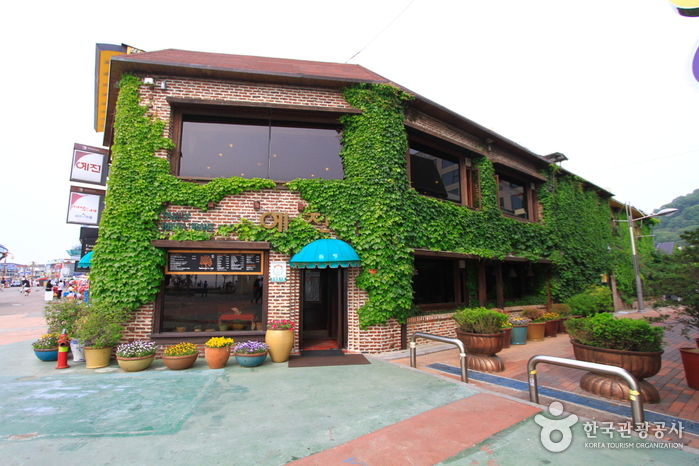
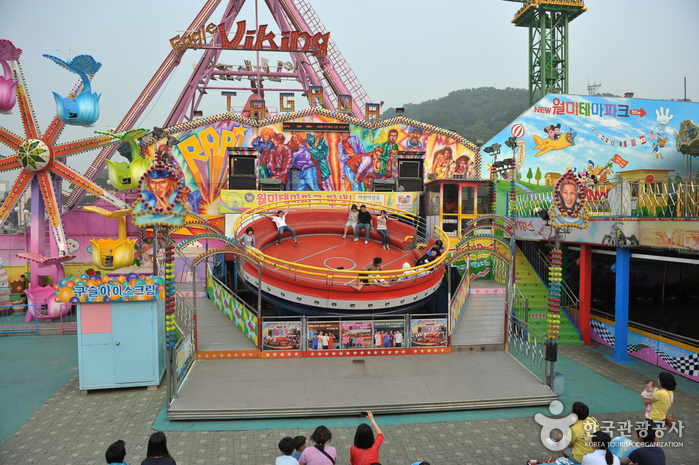
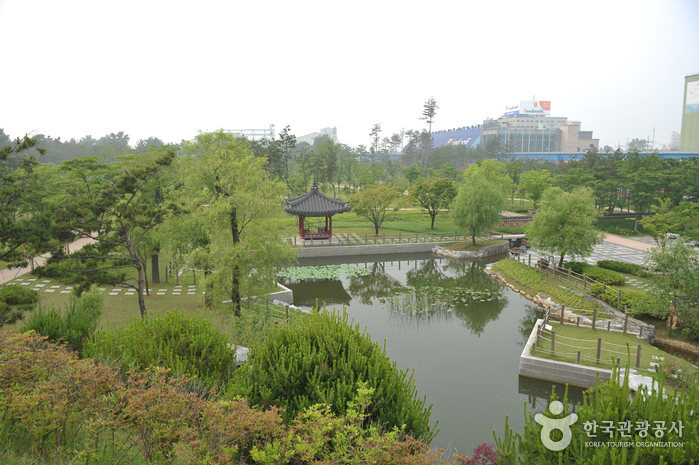
 English
English
 한국어
한국어 日本語
日本語 中文(简体)
中文(简体) Deutsch
Deutsch Français
Français Español
Español Русский
Русский